The average Overland style trip requires considerable planning and organization due to the tyrannies of time and distance involved. Too much or too little gear and provisions can negatively impact the success of any trip, and your load plan will be tested by rough terrain, inclement weather, and critters. And with our limited time off from work being so valuable, what’s the absolute best way to stay organized, avoid loss, and prevent the trip of a lifetime from being derailed?

We believe that hard cases provide a superior level of organization and accountability. Weather resistant and capable of being stacked and tied down, they ensure peace of mind when exposure to the elements is a risk factor and are a top choice for storage of gear and provisions inside or outside of any vehicle. Useful for long term storage with easy portability to and from camp or job site makes all-metal cases like the AluBox line an easy choice .
Recently we had the chance to put our trail tested and trusted Danish made AluBoxes up against their German rivals from Zarges.
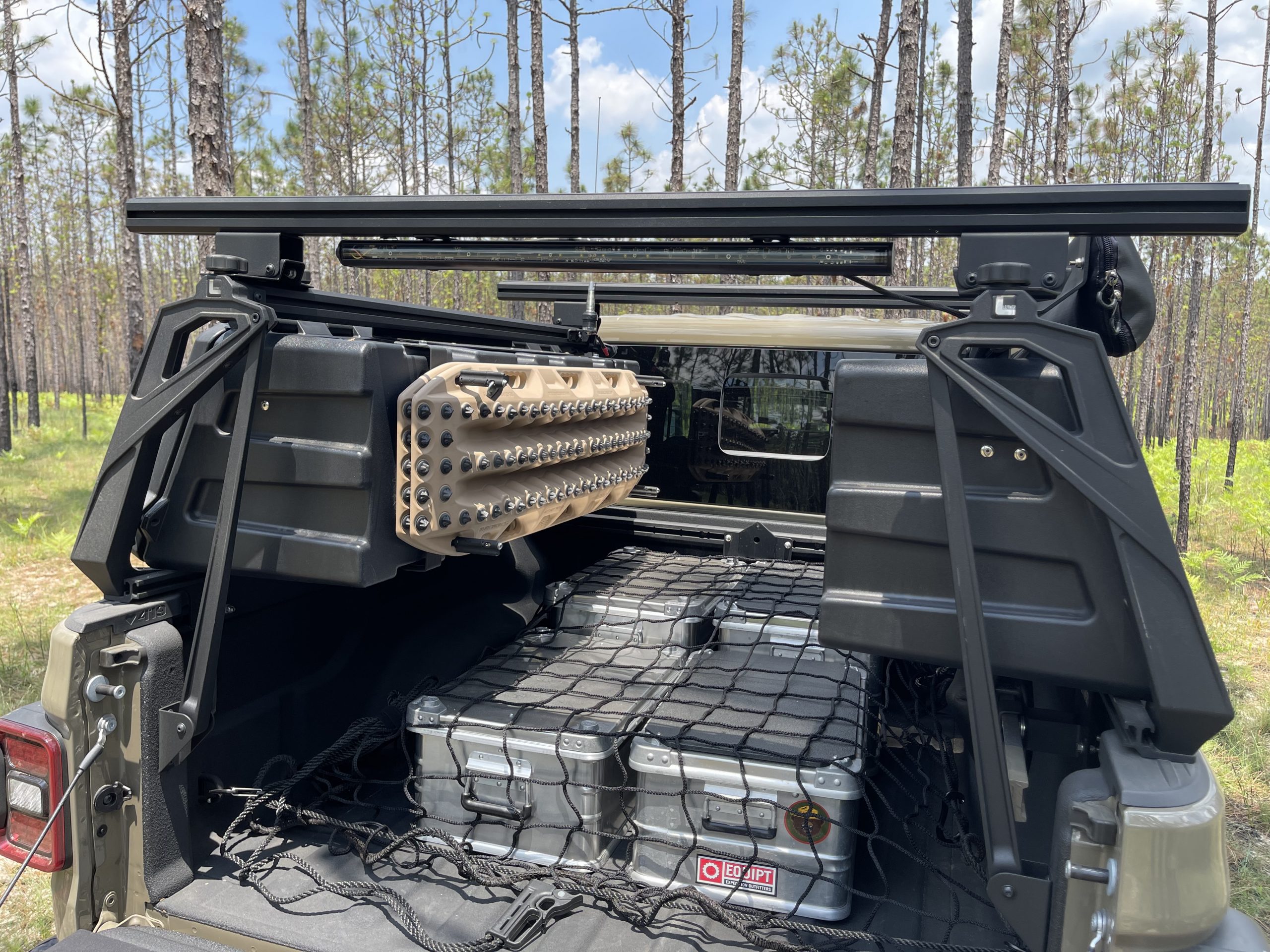
Our subjects for this review are the AluBox 42 L and 60 L, and the Zarges K-470 series 40568 and 40678 boxes. These cases are nearly identical, yet inherently unique. Here’s what we learned researching them online and using them in the field when comparing both brands side by side in our “Battle of the Boxes”.
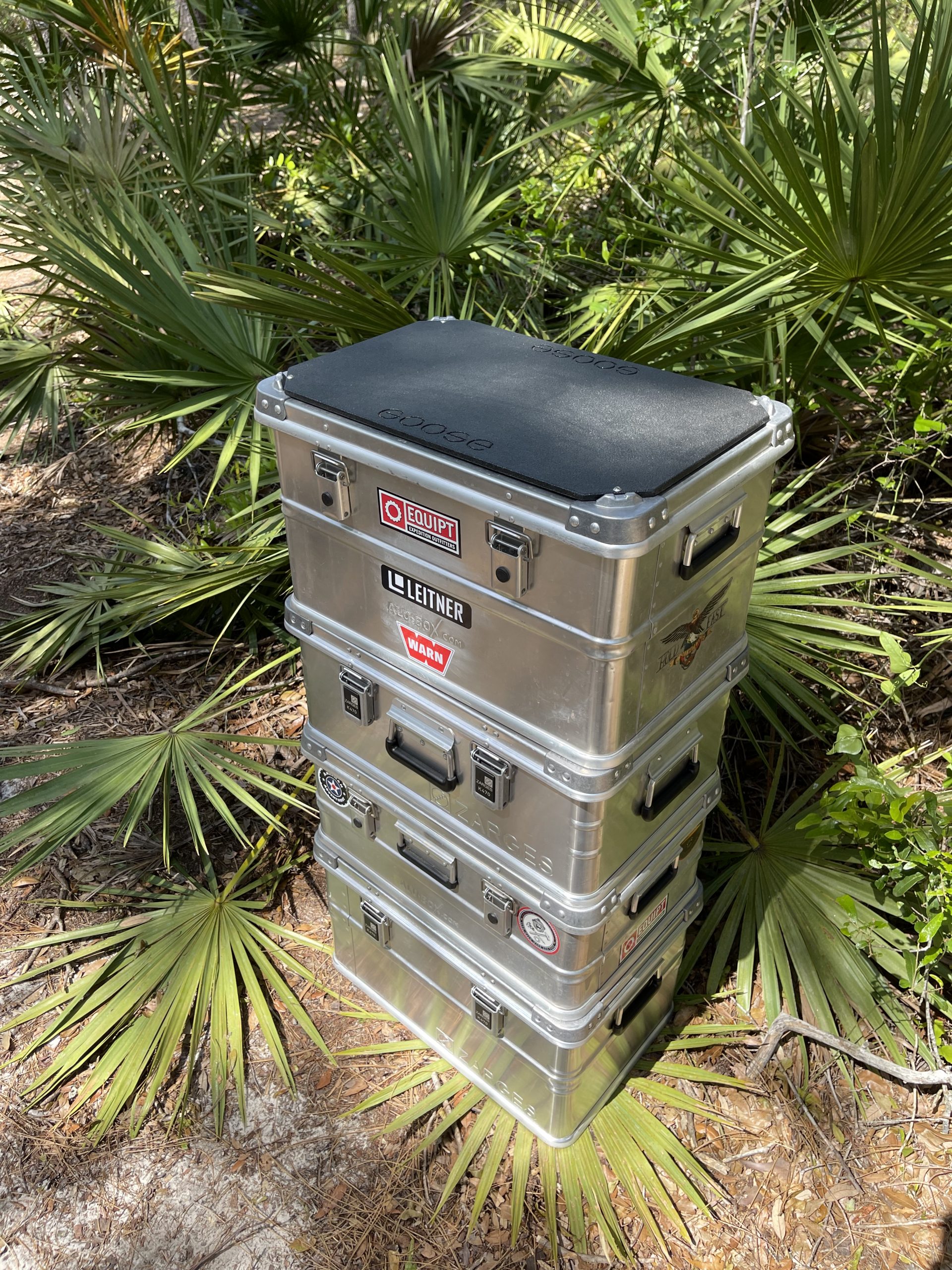
Yes, there’s a story somewhere about something between the Danish box and the German box companies but we won’t bore anyone with rumors or hearsay about industry politics. They’re both incredible products with some subtle features that differentiate them, so read on to learn more.
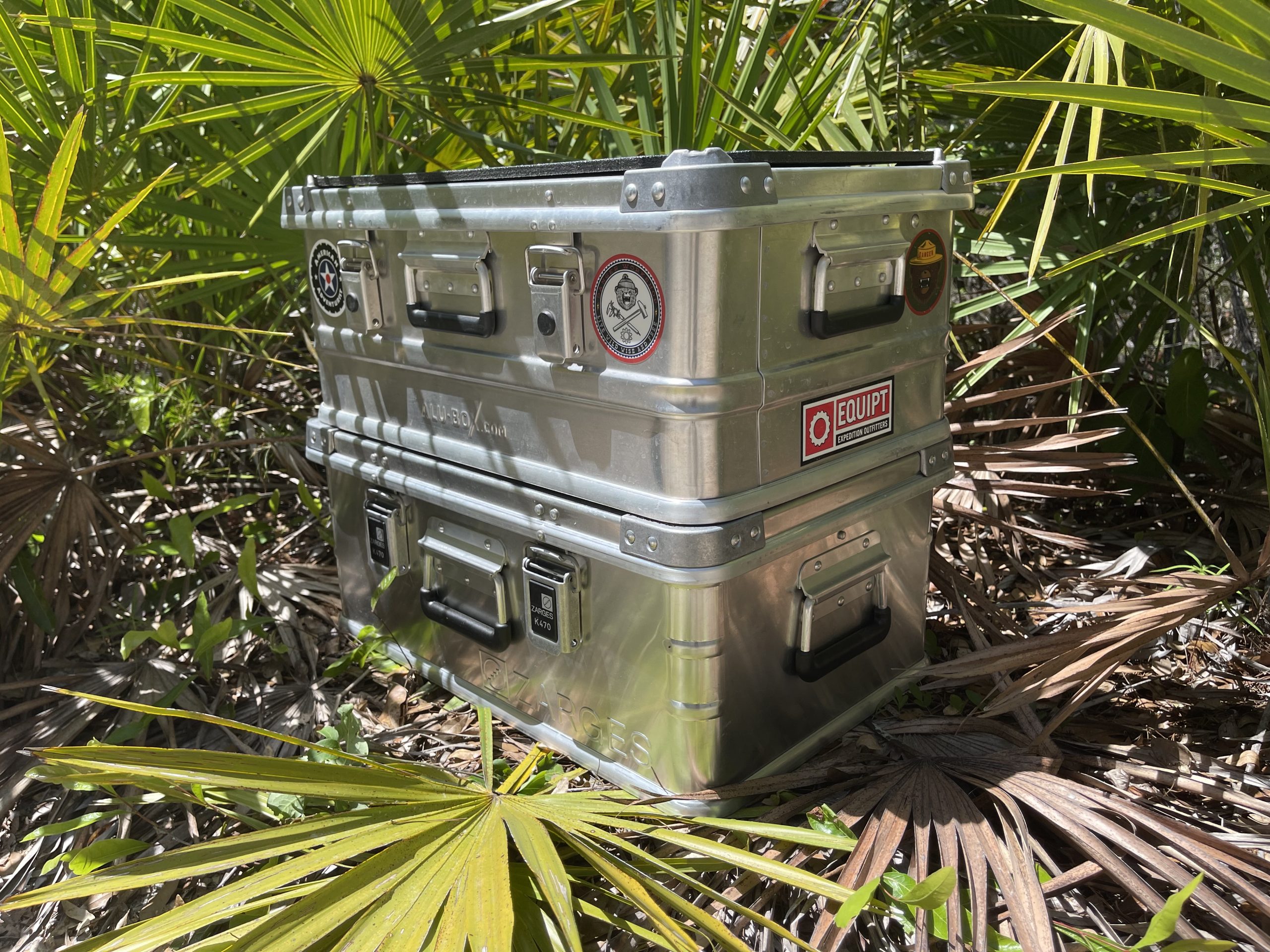

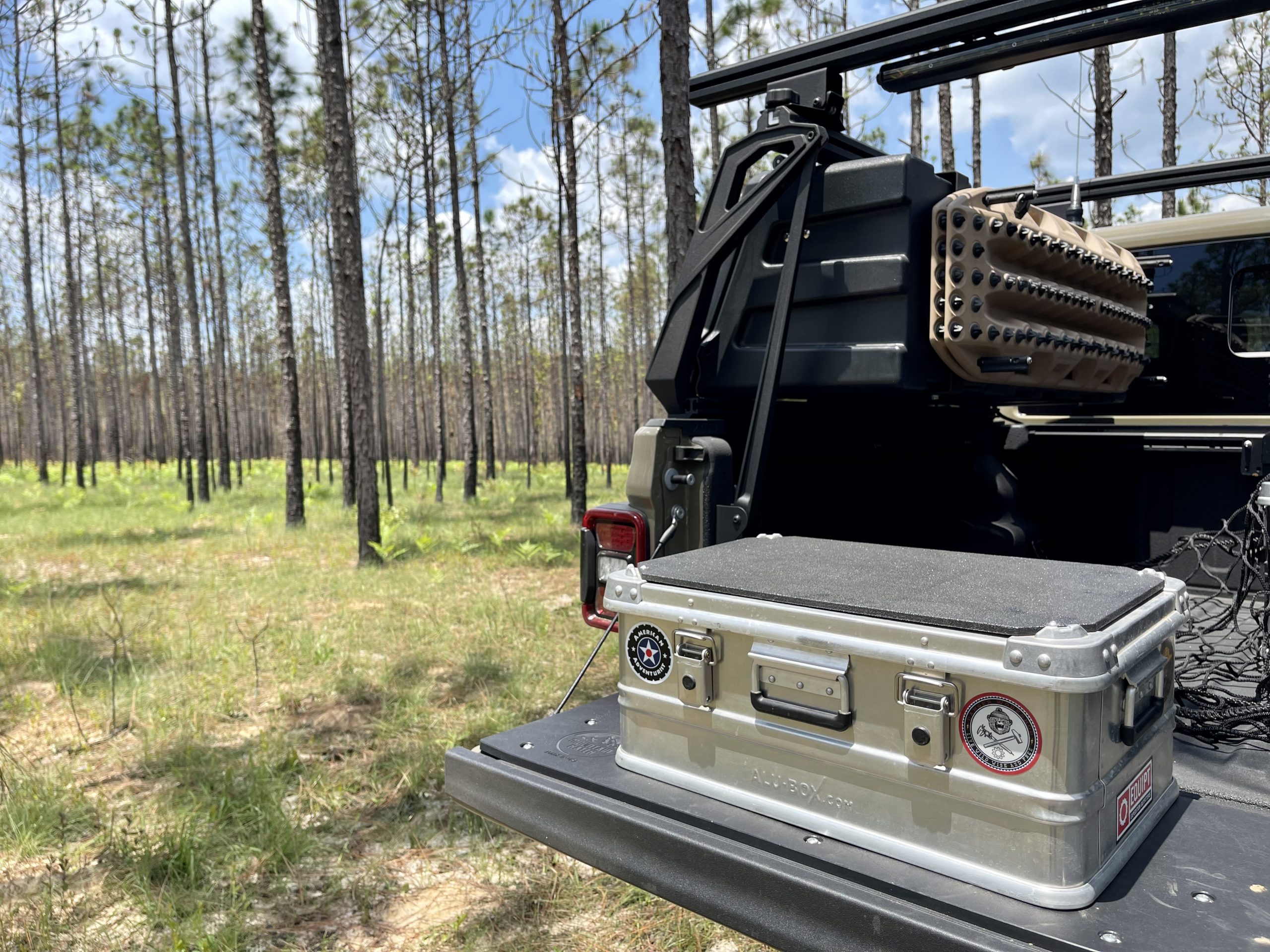
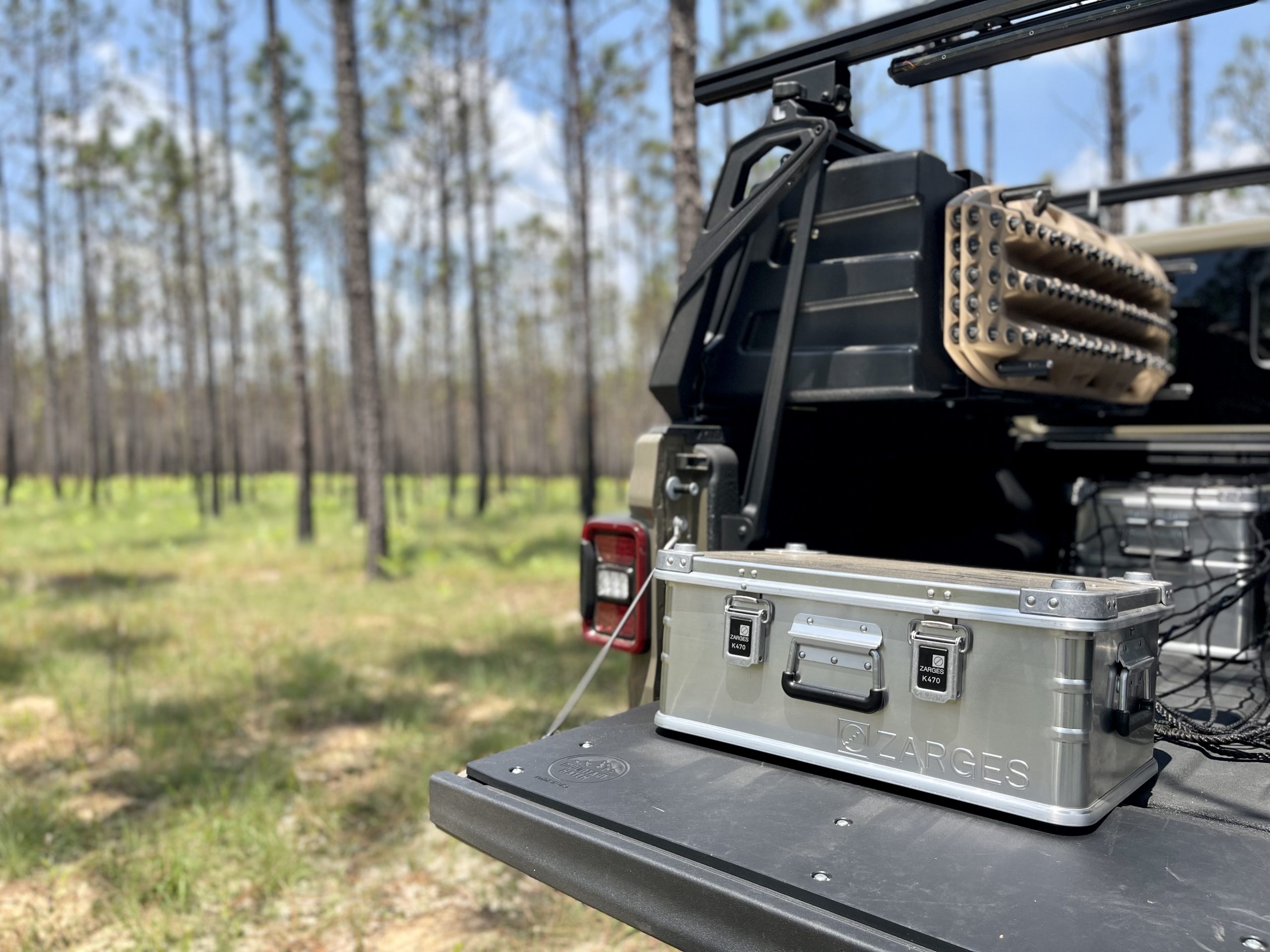
In this corner…
AluBox is a small, family-owned company based in Denmark and marketed in the U.S. by Equipt Expedition Outfitters. AluBox specializes in aluminum boxes, cases, and containers, and offers a wide-range of standard box sizes to customers around the world for use in defense, industrial, emergency services, transportation, and recreational use. AluBoxes are made of 1 mm thick 5754 (AlMg3) aluminum alloy. This aluminum is a mid-strength material, non-hardening alloy that offers excellent corrosion resistance against seawater and industrial polluted atmospheres. It is widely used in the food and chemical industries, vehicle construction, ship building, architecture, and interior design with 17 total sizes available that range from a modest 20 L to a massive 415 L option.

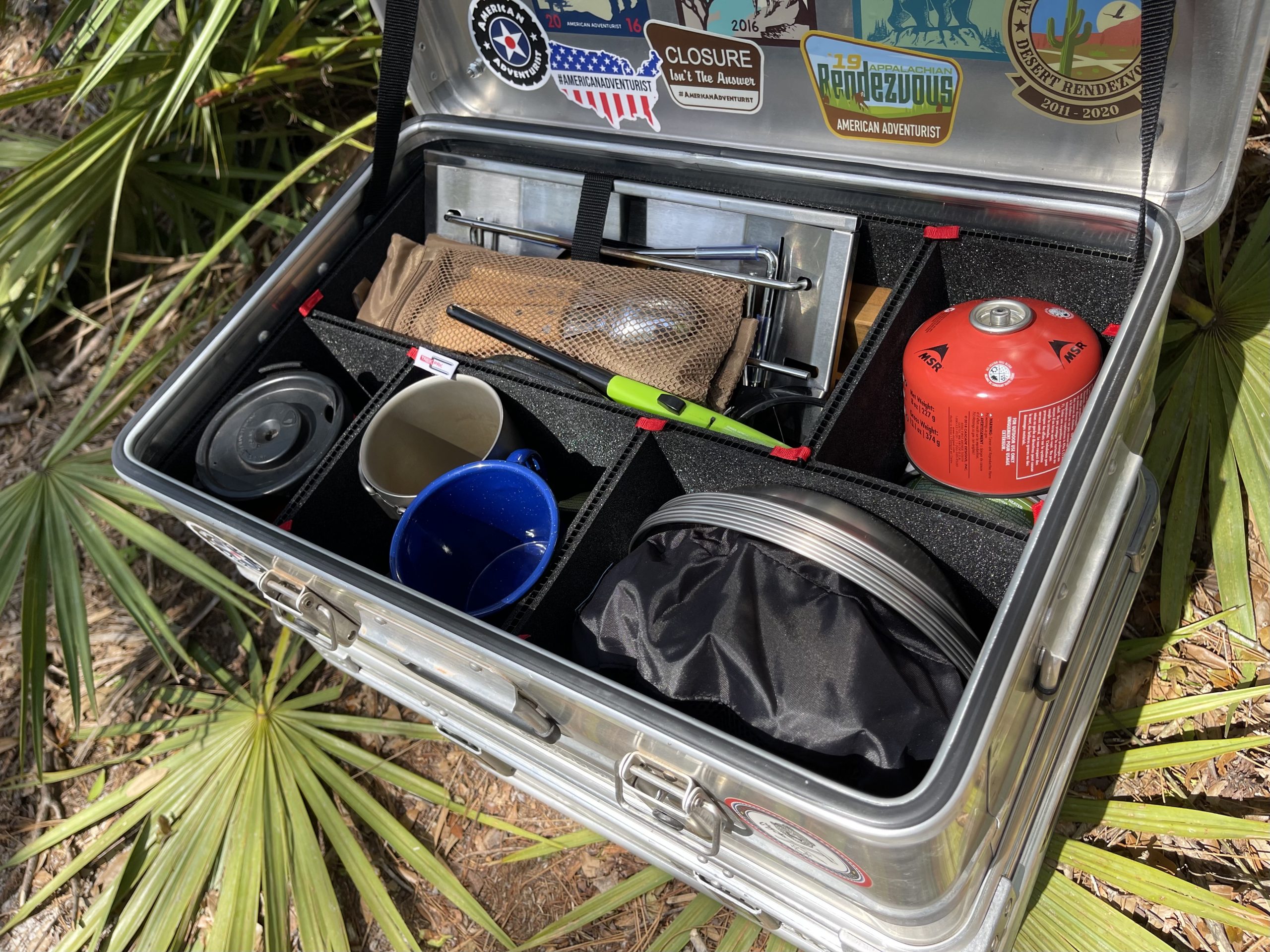
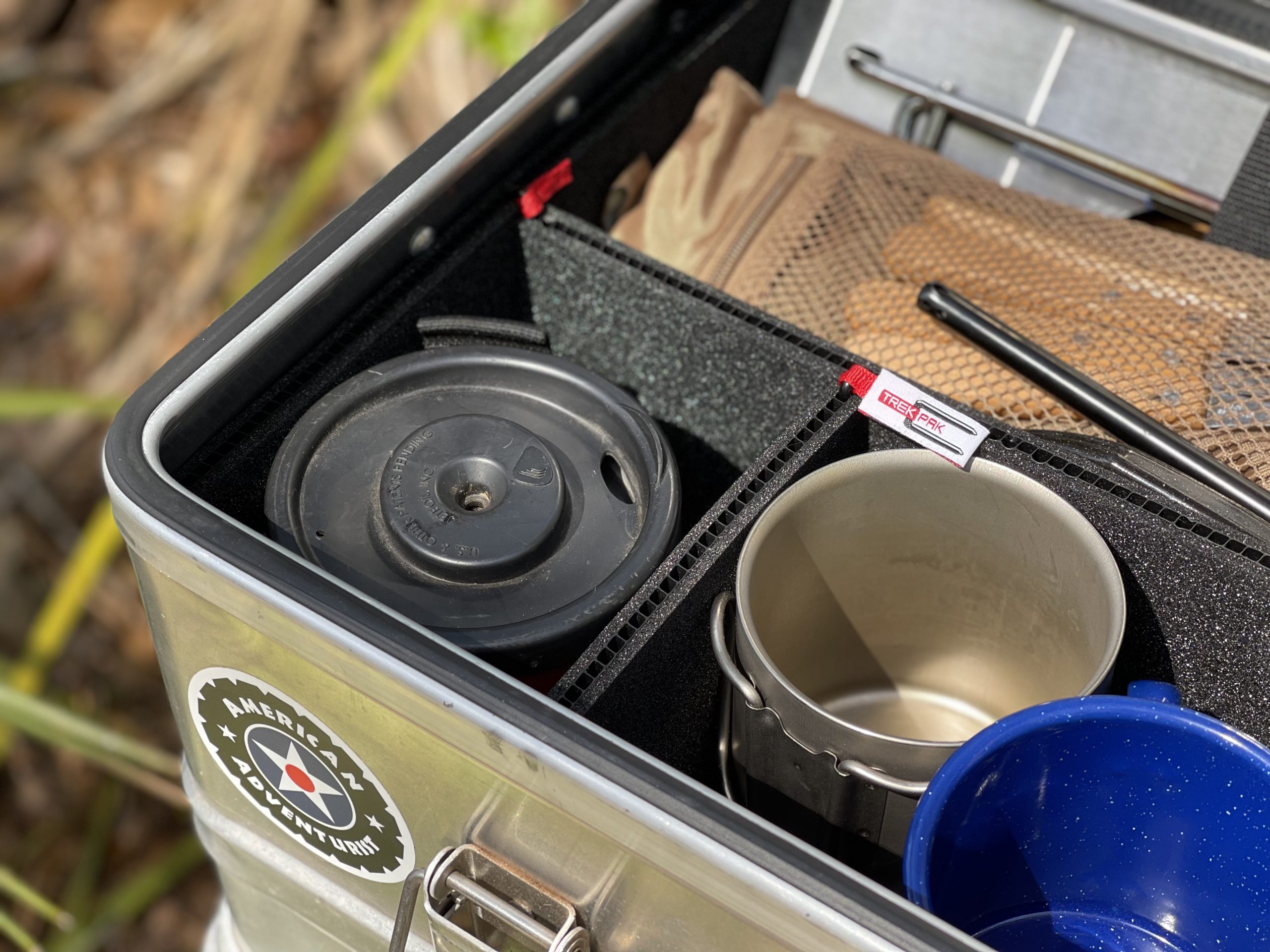

And in this corner…
Zarges was established by Walther Zarges in Stuttgart, Germany in 1933. Distributed in the United States by Charlotte, North Carolina based Zarges USA, their Tech Center offers in-stock cases, customization and rapid, custom cushion fabrication. The ZARGES K470 universal case is their classic design, constructed of 1.5 mm thick 5005 aluminum alloy which has a high corrosion resistance. These sturdy cases have been tested to withstand temperatures from -238 to 302 degrees Fahrenheit, with 25 sizes available and capacities ranging from small 13 L boxes to 829 L behemoths.

Zarges boasts three K470s that are listed as “bear resistant”; #40810, #40568, and #40678. The Interagency Grizzly Bear Committee (IGBC) certification means that certain National Parks, including Yellowstone National Park, will allow campers to bring their food supplies into the park when stored in approved K470 cases.
AN INTERESTING DISCOVERY:
The AluBox 60 L and the Zarges K-470 #40678 are both advertised as weighing in at 5kg/11 lbs on their websites. Despite the differences in advertised material wall thickness (1mm vs 1.5mm), in my opinion the heft and construction appears identical with each box weighing in at 11 lbs.
NOTE: Both AluBox and Zarges have received Interagency Grizzly Bear Committee (IGBC) certification, but tested or not we still wouldn’t leave any of these boxes all alone in bear country while we’re away from camp. We do recommend that you store your camp food in your (insert brand loyalty here) box and hang the entire box from a tree or a bear pole. Please remember to follow the proper guidelines at all campgrounds and campsites in bear country as they may differ from by region and state. Here’s more info about camping in bear country.
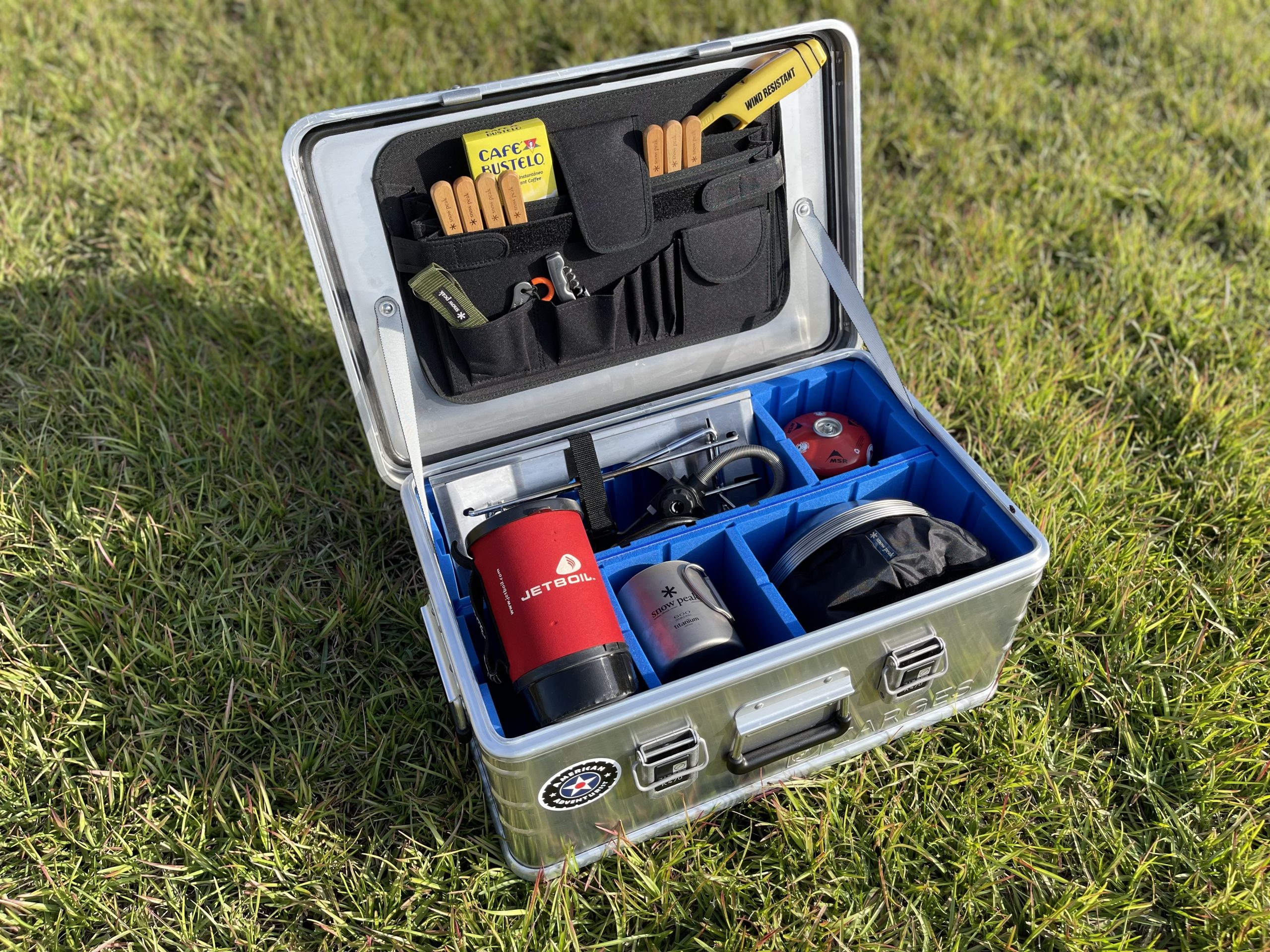


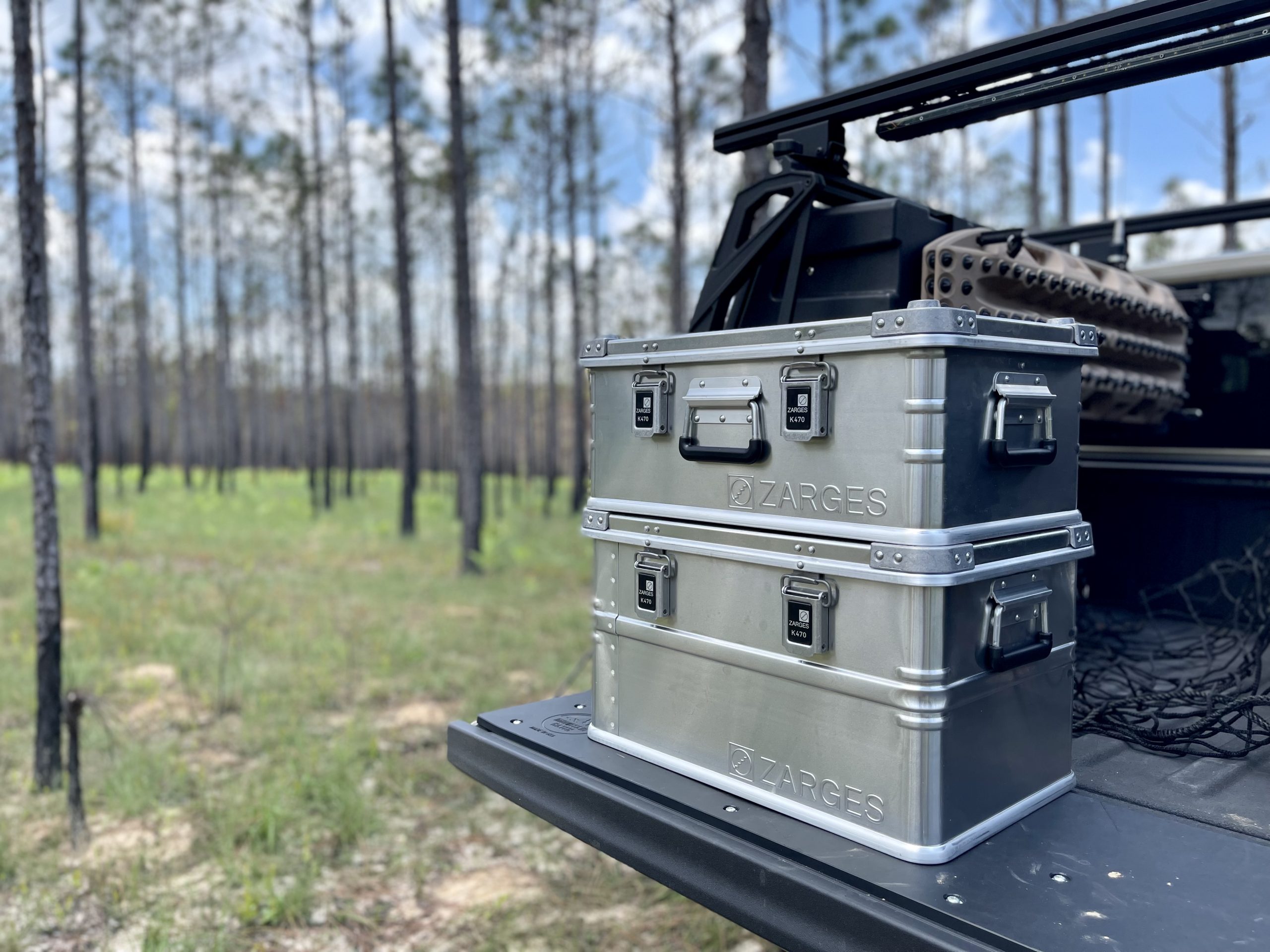
DETAILS AND DIFFERENCES:

Zarges corners versus AluBox corners. The differences are subtle. The four AluBox rivet heads are exposed, Zarges are counter-sunk. Some say the Zarges corners stack better. Both are robust, both stack well, and the two brands can be intermixed for storage and stacking if you happen to own both.
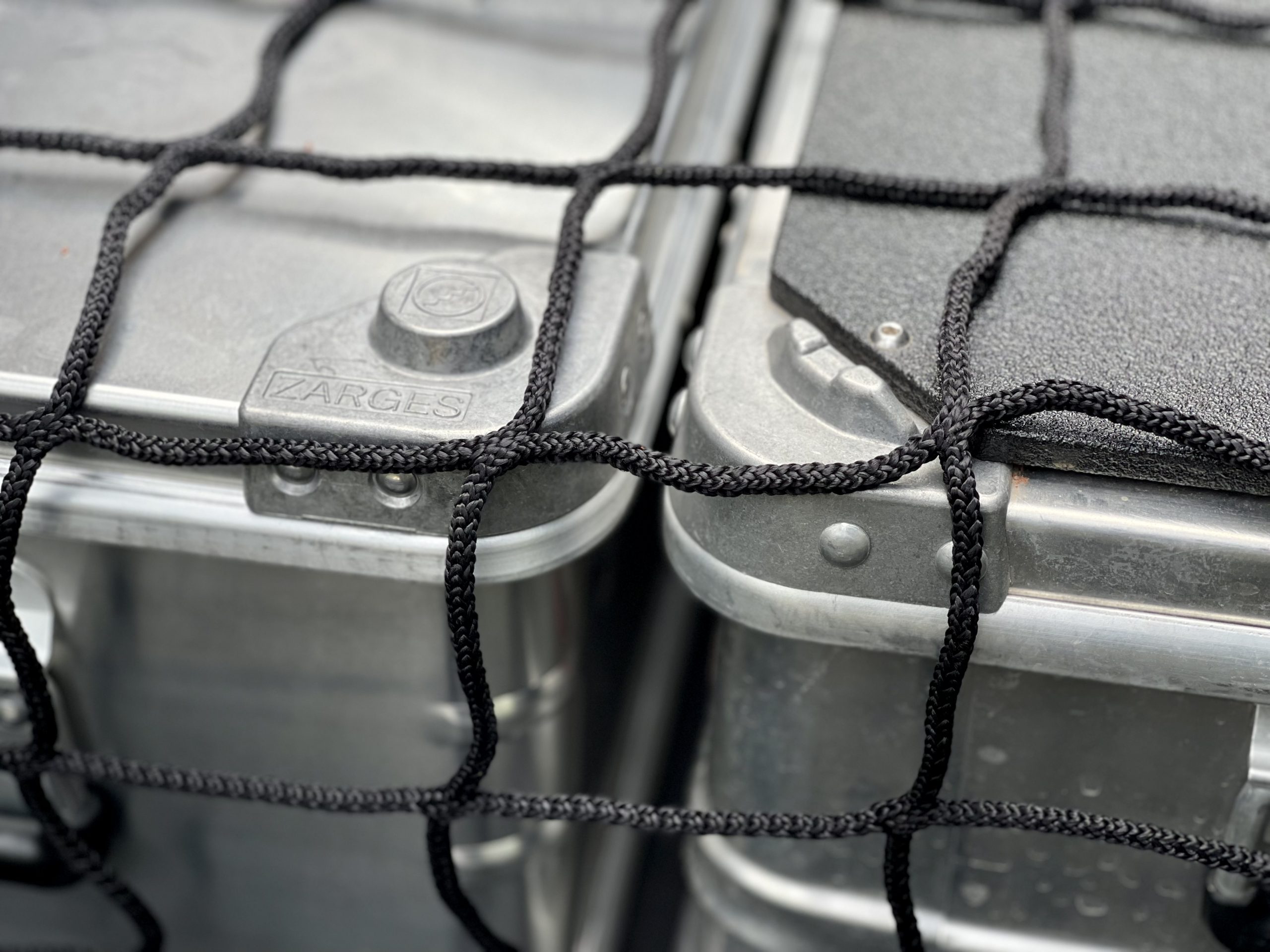

Handles. Virtually identical. Both super strong with the same number of attachment rivets in the same locations. Both use springs to stay in the down position. Zarges handle is slightly longer.


Locking Latches. Virtually identical in form and function. Style points to Zarges for their branding.


Hinges. Both brands feature sturdy piano hinges.
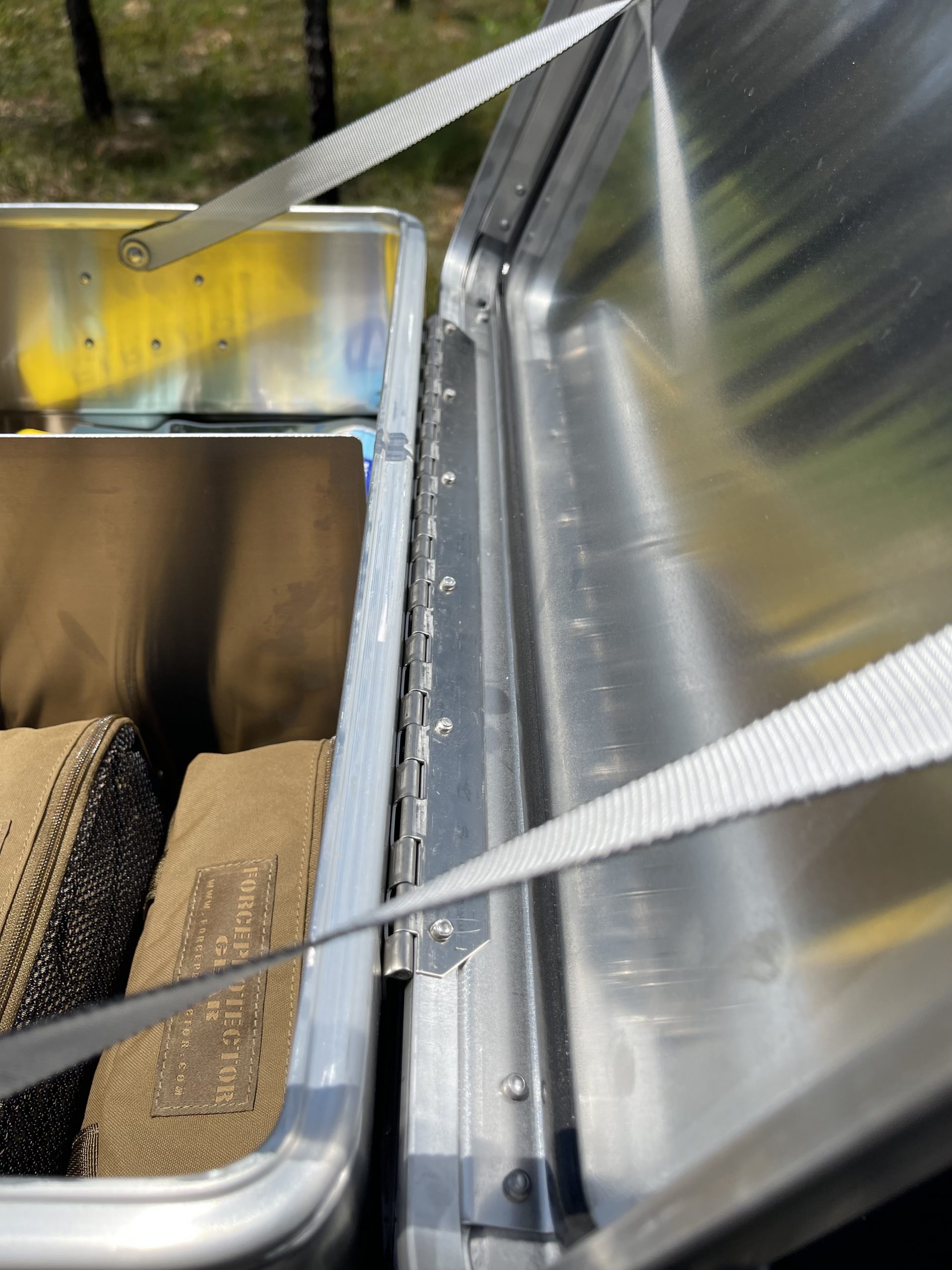
Zarges Dividers and Accessories. They have a good selection of internal accessories for organization.


Weather Seals. Zarges places the seal in the lid, eliminating any risk of damaging the seal during heavy use. This seal may be hard to replace if damaged though because it’s a foam material that’s applied with adhesive. That said, AluBox uses a rubber seal on the box which is inserted into a channel and easily replaced if needed. I’ve yet to have an issue with that.
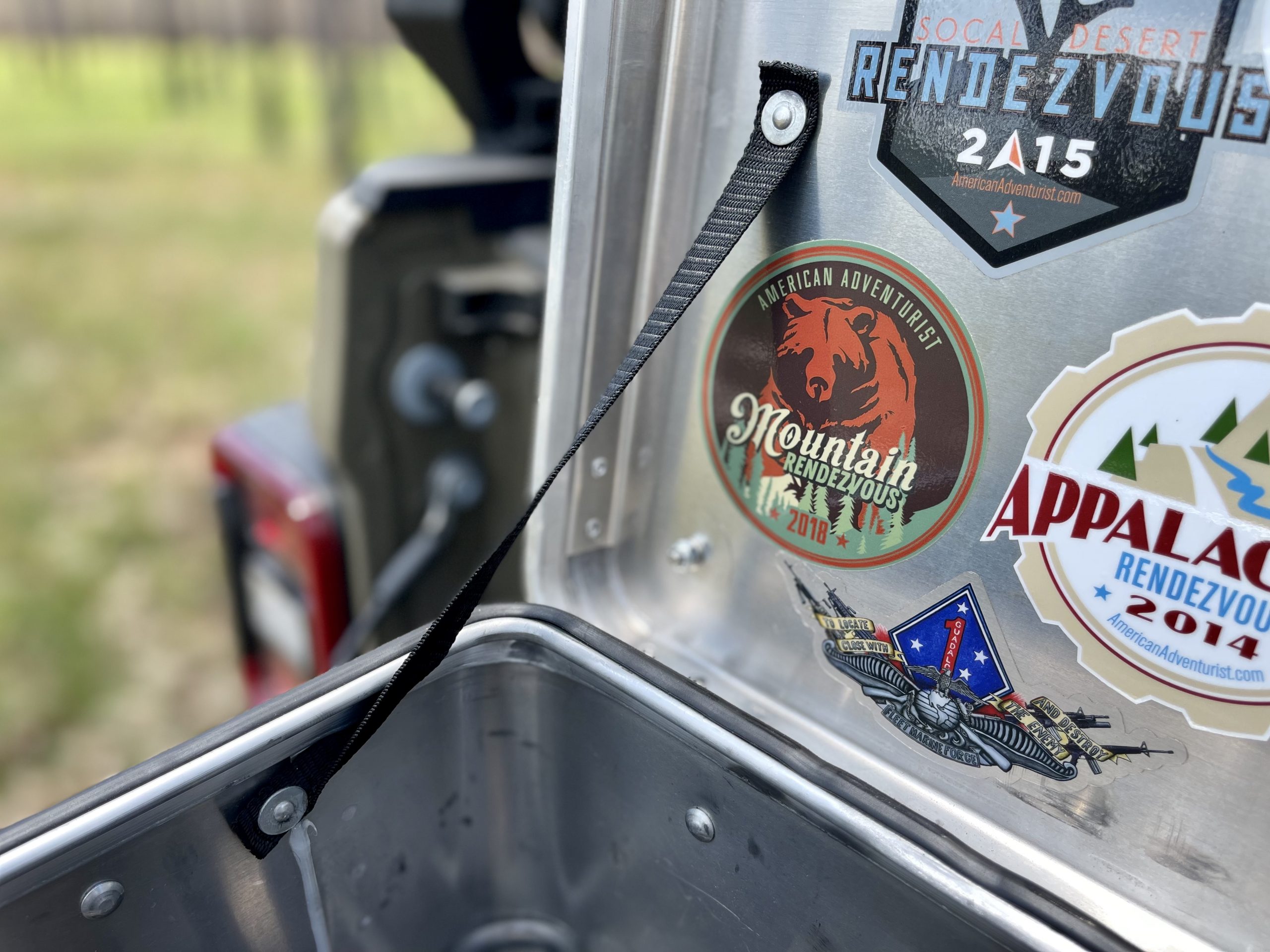


Trekpak. I used this for organizing the interior of my AluBox kitchen box. They were bought out by Pelican awhile back, this stuff works GREAT if you can find it in stock, and if you can stomach the ridiculous price. You’ll have to cobble it together piece by piece to fit your project but once assembled it is a stellar option that looks good too.

Let’s get some pros and cons for BOTH brands settled.
PROS:
- Drop dead gorgeous. Your family and friends will be jealous. Guaranteed.
- Completely weather proof. No water (or dust) intrusion is happening.
- Timmy the Trash Panda will need to seek his entertainment elsewhere. 100% critter and bug proof.
- Latches on both brands can accept small locks to keep honest people honest.
- Very light weight given their size and capacity.
- Durable. Will not warp or crack in the sun.
- Cases can withstand EXTREME temperatures.
- Will not rust.
- Will not shatter upon impact if dropped like some plastic cases.
- Stackable.
- Square shapes with vertical walls enable maximum use of available square inches.
- AluBox rubber seals appear to be easily replaceable if damaged.
- BOTH brands have received the coveted Interagency Grizzly Bear Committee (IGBC) certification which means that certain National Parks, including Yellowstone National Park, will allow campers to bring their food supplies into the park when stored in IGBC approved cases.
CONS:
- Sticker shock! The AluBox 42 L and 60 L (MSRP $290 and $295), and the Zarges K-470 series 40568 and 40678 boxes (MSRP $293 and $299) are a serious investment.
- They may scratch easily in the field. Patina happens so embrace it.
- Dents are possible. It hasn’t happened to me, but it’s a concern.
- Metal gets hot. If you stack these boxes outside in the sun, wear some gloves.
- Top plates (see Goose Gear) are an
optionhard requirement for overland use, and an added cost to consider if you want to use one as a step stool or table. Available for AluBox. - Top plates (see above) not available for Zarges at the time of this article. I do hear that Goose Gear may produce some soon.
- Zarges foam seals on lid are well protected, but appear to be affixed with adhesive and may be hard to replace if damaged.
- If you leave food in one of these and forget about it, you’ll enjoy an excellent science experiment and green cloud when you discover your mistake.
- Ursus Maritimus can likely open all of these cases. Because Polar bears do what whatever they want.

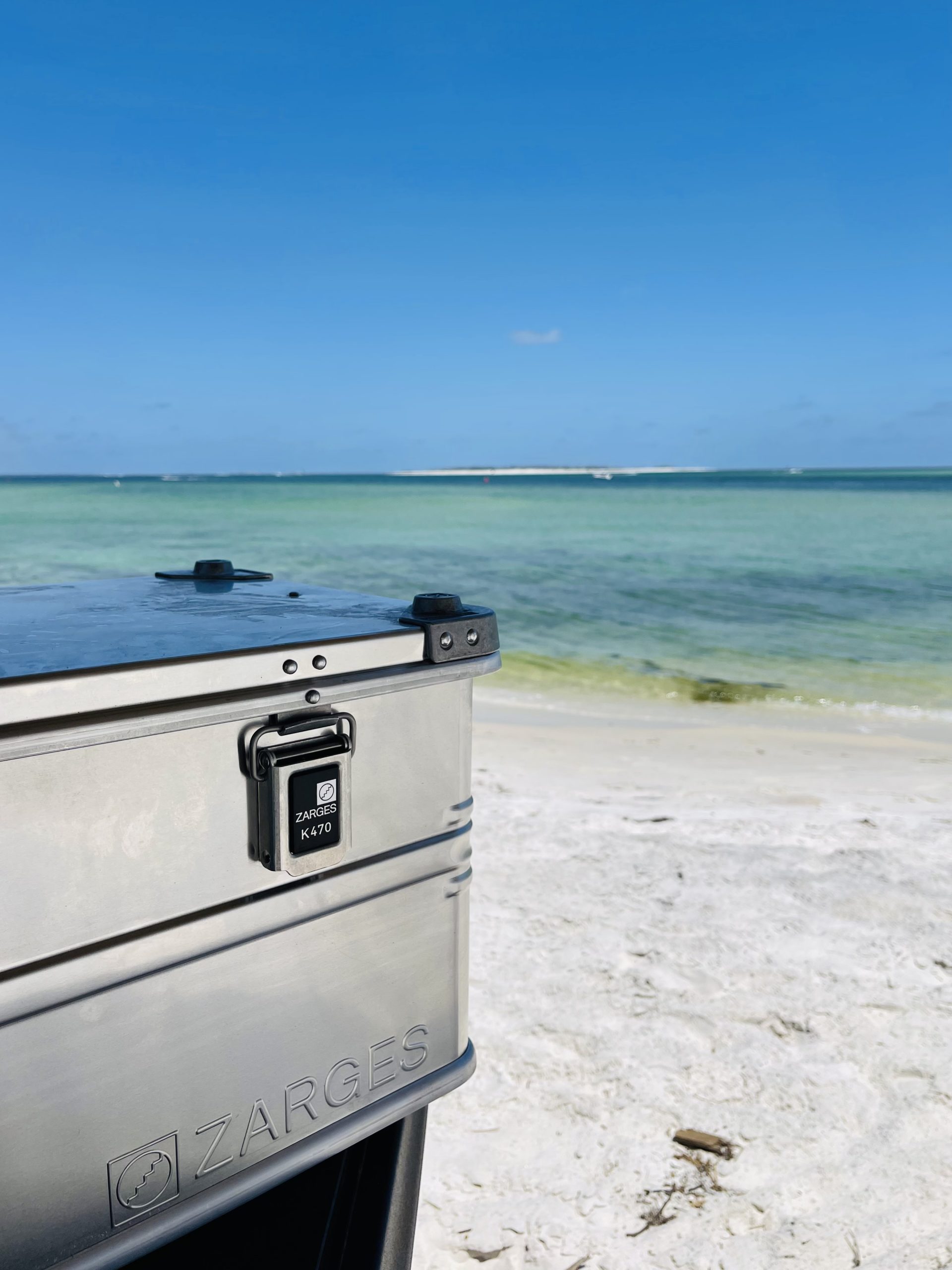
CONCLUSION:
So, which one is better? Like Jeep versus Toyota, which one is better really depends on who you ask. Each brand has it’s finer points and legions of fan boys who will argue them online. I will say that I am extremely impressed by the quality and customer service associated with both companies and can recommend both brands here with supreme confidence. Yes, they are expensive options as far a storage is concerned, but I always say buy once, cry once because you really do get what you pay for.
These timeless designs will be the last box you will ever need to buy.
Sadly, there are knock off boxes out there from companies like Swiss Link – so just say no to cheap Chinesium copies and buy the real deal from a reputable company like Equipt Expedition Outfitters or Zarges USA. They’re both pinnacle products that will be around a generation from now when your descendants find them in the attic or garage while marveling at your camping gear from a bygone era.



FULL DISCLOSURE: The AluBox products, Goose Gear top plates, and Trekpak featured here were purchased privately by the author for his personal use. The Zarges products featured here were provided at no cost to the author by Zarges for the purpose of this gear review.
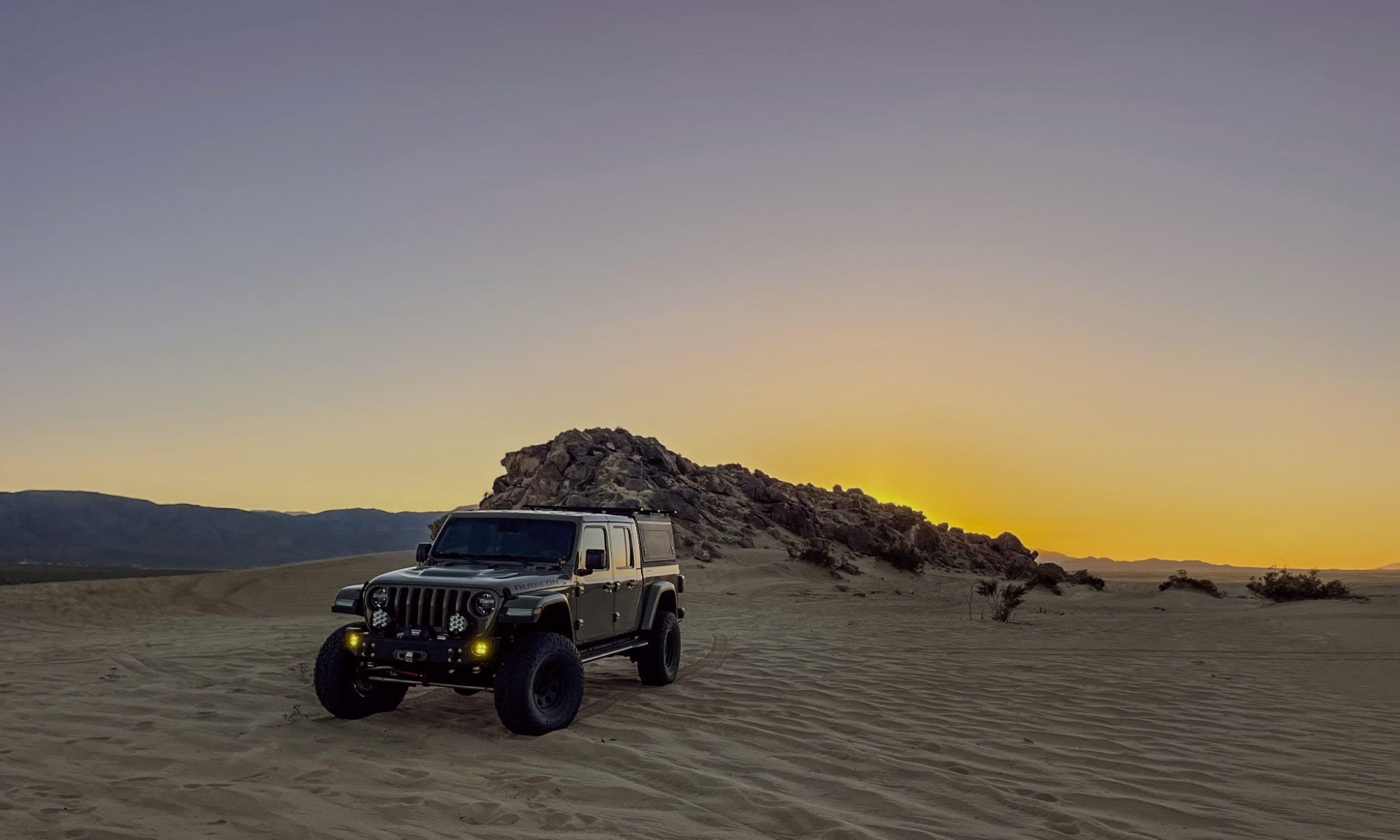


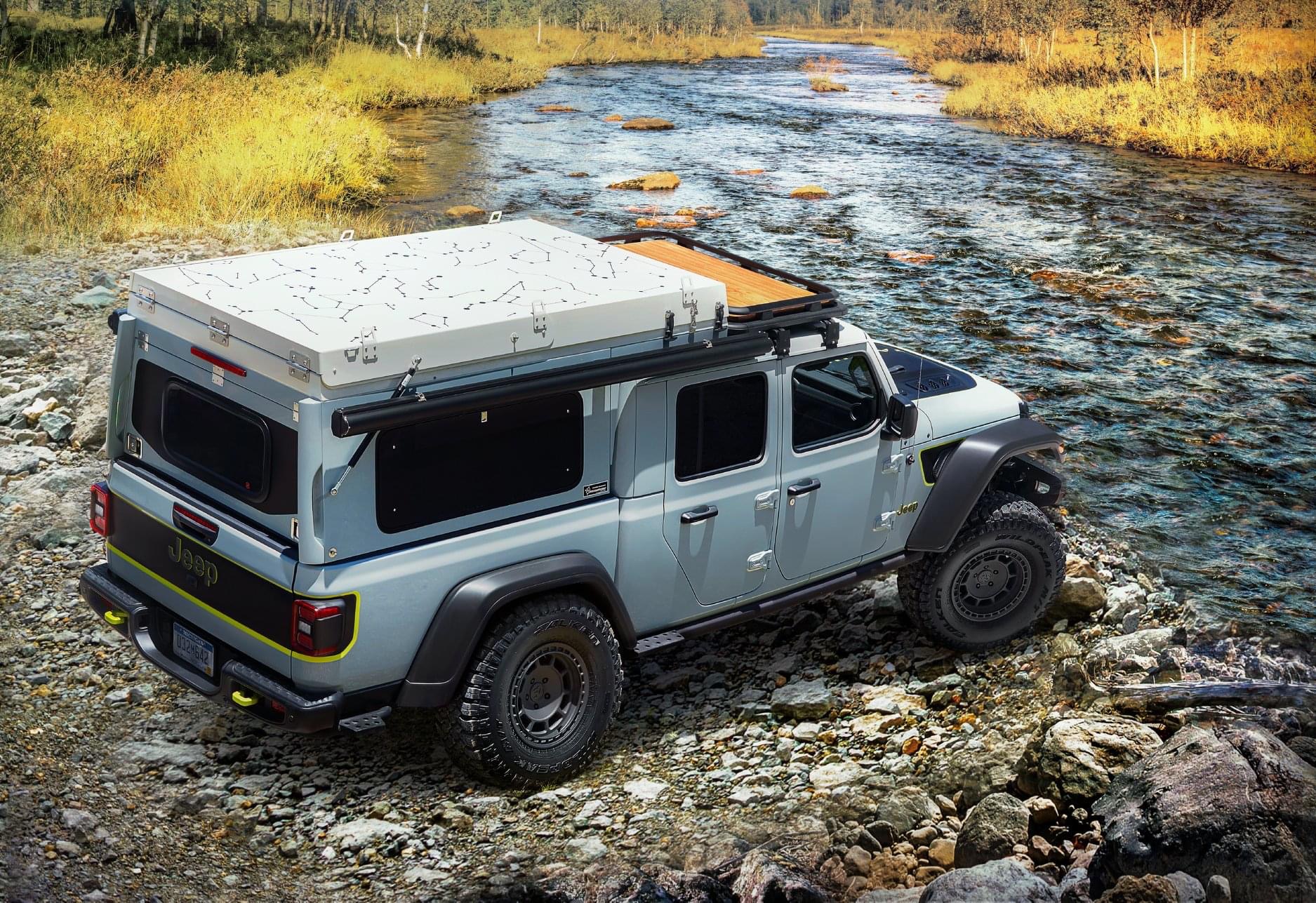
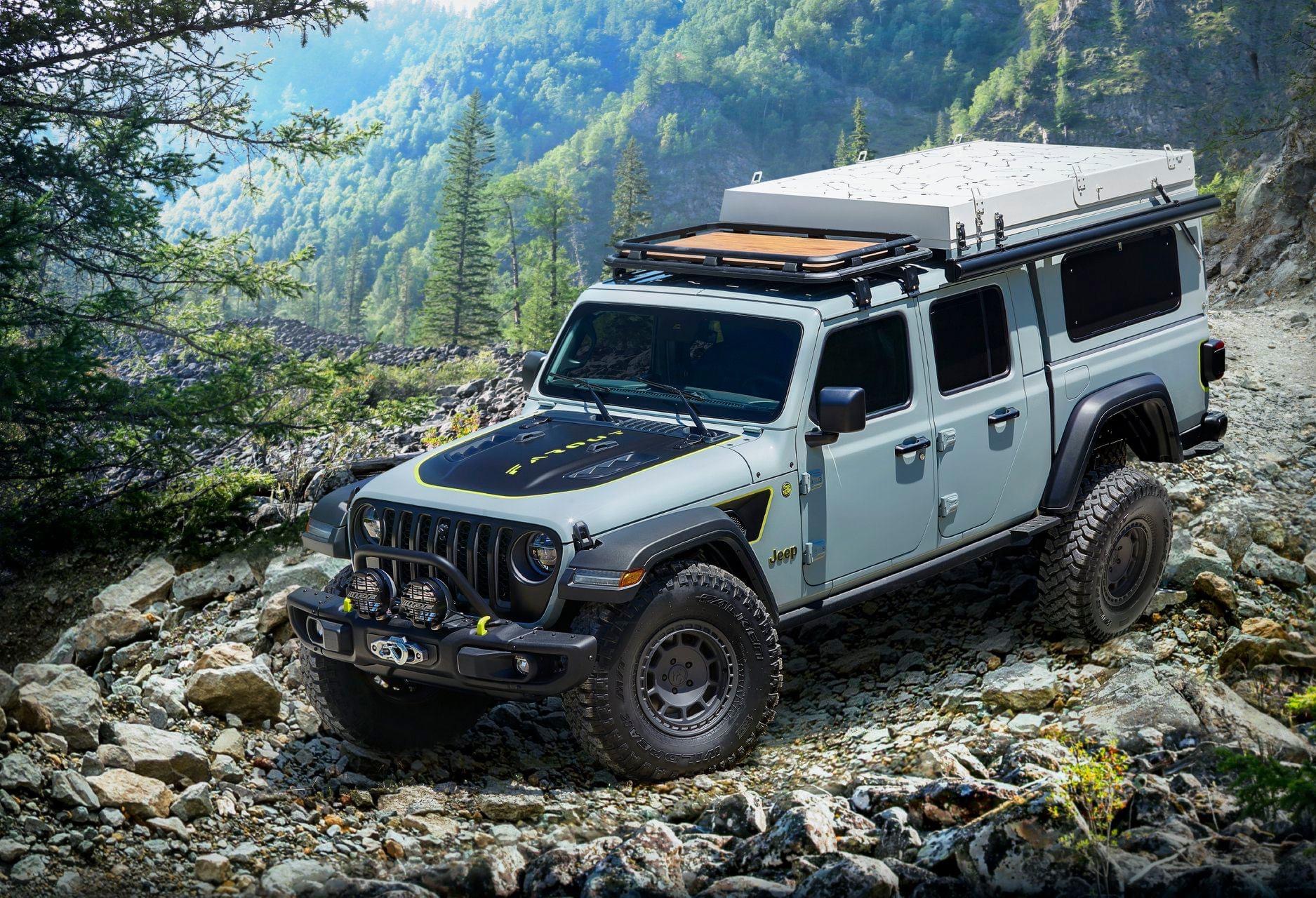 Jeep® FarOut concept press release, FCA, Aug 12, 2020
Jeep® FarOut concept press release, FCA, Aug 12, 2020